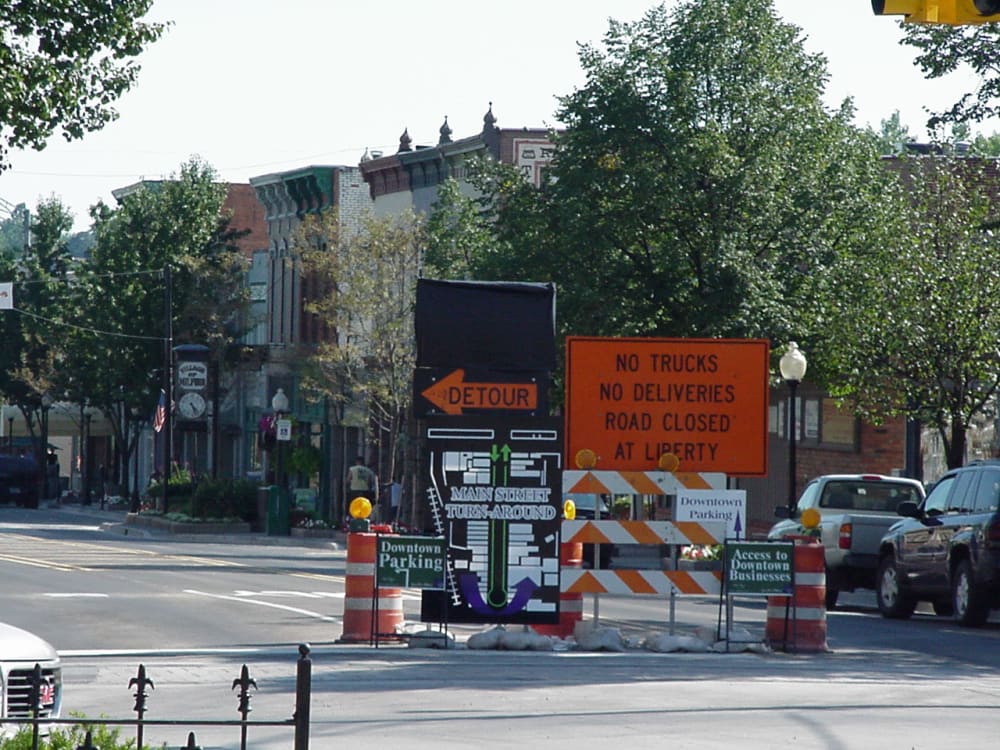Construction zones are rarely regarded in a positive light, and for good reasons:
• Commuters languish in construction zones when roads need renovation or find finding alternate routes in an effort to avoid losing precious time to traffic jams.
• Local retail business suffer, losing significant amounts of business in an already challenging economic climate, and occasionally having to close their doors entirely as a result of lost business.
• Construction zones are ripe for injuries and accidents as road workers attempt repairs in close proximity to traffic, and drivers are more likely to experience fender-benders brought on by irritation or distraction.
Much of the time needed to complete road renovations is taken up by detail work; placement of the pavement itself is typically completed quickly. For a typical 'mill and fill' road renovation, a significant amount of time is spent cutting manholes and drainage castings out of the road, putting metal plates over the masonry structures below, and patching the hole in the pavement where the casting once was. This allows the mill to remove several inches of the road's surface before replacing the milled material with new asphalt. Prior to replacing the milled asphalt, the castings are replaced in the road and a base course of asphalt is placed. In many cases, the elevation of the castings is left 1½ inches high to accommodate placement of the final course of asphalt, the wearing course. In this instance, the raised structures become obstacles for commuters to dodge, and a potential source of damage or injury as they do so. The other method of installation involves setting the elevation of the castings at the base course elevation, which eliminates commuters playing dodge ‘em as they drive, but which requires the castings be cut out a second time to be raised an additional 1½ inches prior to placing the wearing course – a further expense and delay in completing road construction projects.
New manhole and drainage structure castings employ a simple change in geometry to allow mill and fill road renovations (as well as simple overlays) to be completed more quickly. The new castings allow castings’ elevations to be adjusted in minutes, allowing mills and pavers to begin working immediately. The new castings are made of the same gray cast iron as conventional manholes and drainage structures, and offer the same long service life as conventional castings. These castings have been evaluated by the Michigan Department of Transportation and approved for use in MDOT paving projects after being used in Detroit, Dearborn, Ann Arbor, and Three Oaks on an experimental basis. The potential to reduce injuries and vehicular damage while roads are being renovated is significant, as is the reduction of lost business for local retailers and the lost time for commuters. These benefits are applicable to new street construction and street renovation, and to concrete as well as asphalt streets.
The basic design of manholes and drainage structures hasn’t changed for decades; perhaps the time is ripe for change.
Like this entry?
-
About the Entrant
- Name:Dennis Mcneely
- Type of entry:individual
- Hardware used for this entry:Foundry and machining equipmentSoftware used for this entry:SolidWorks
- Patent status:patented








